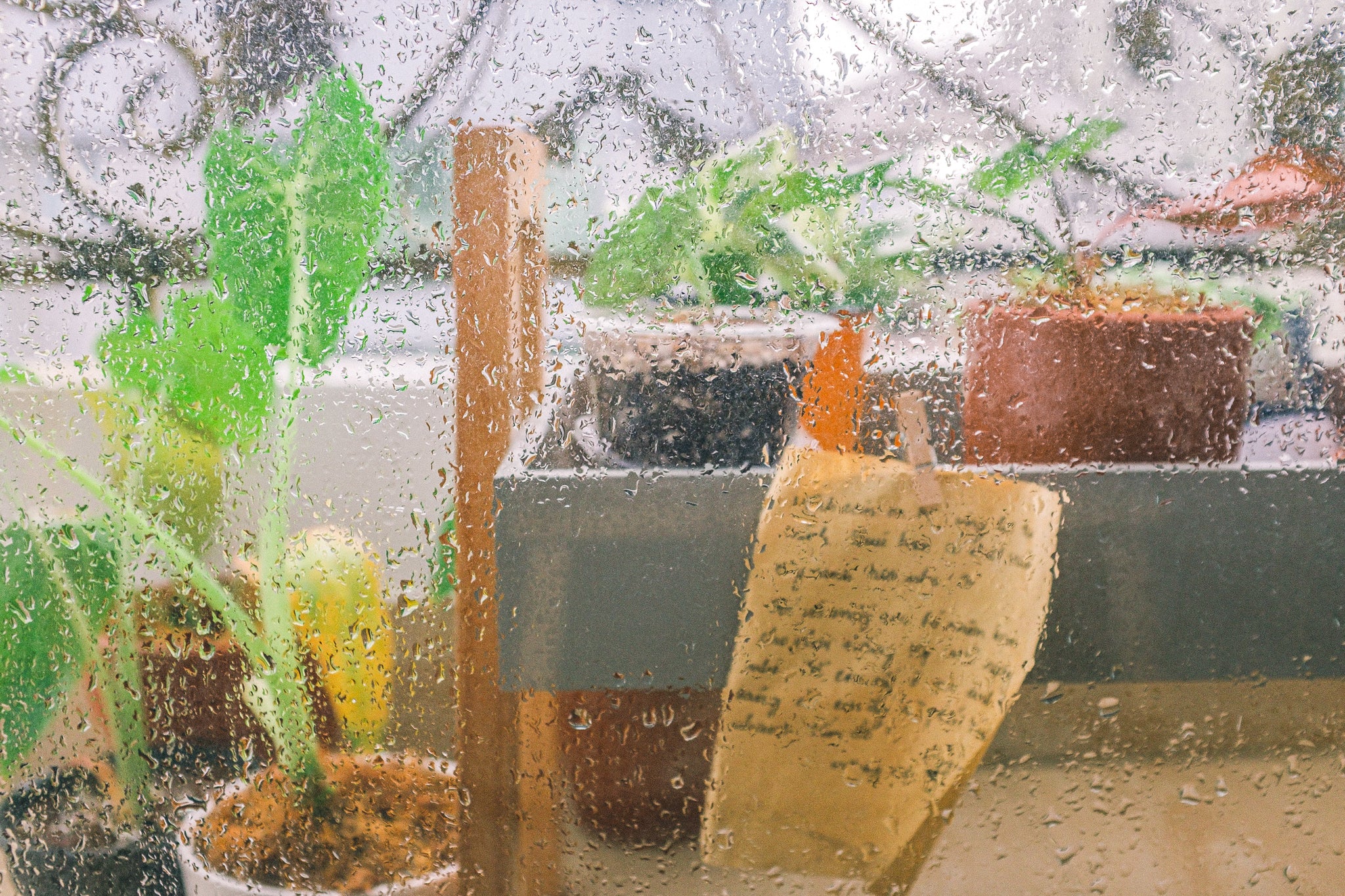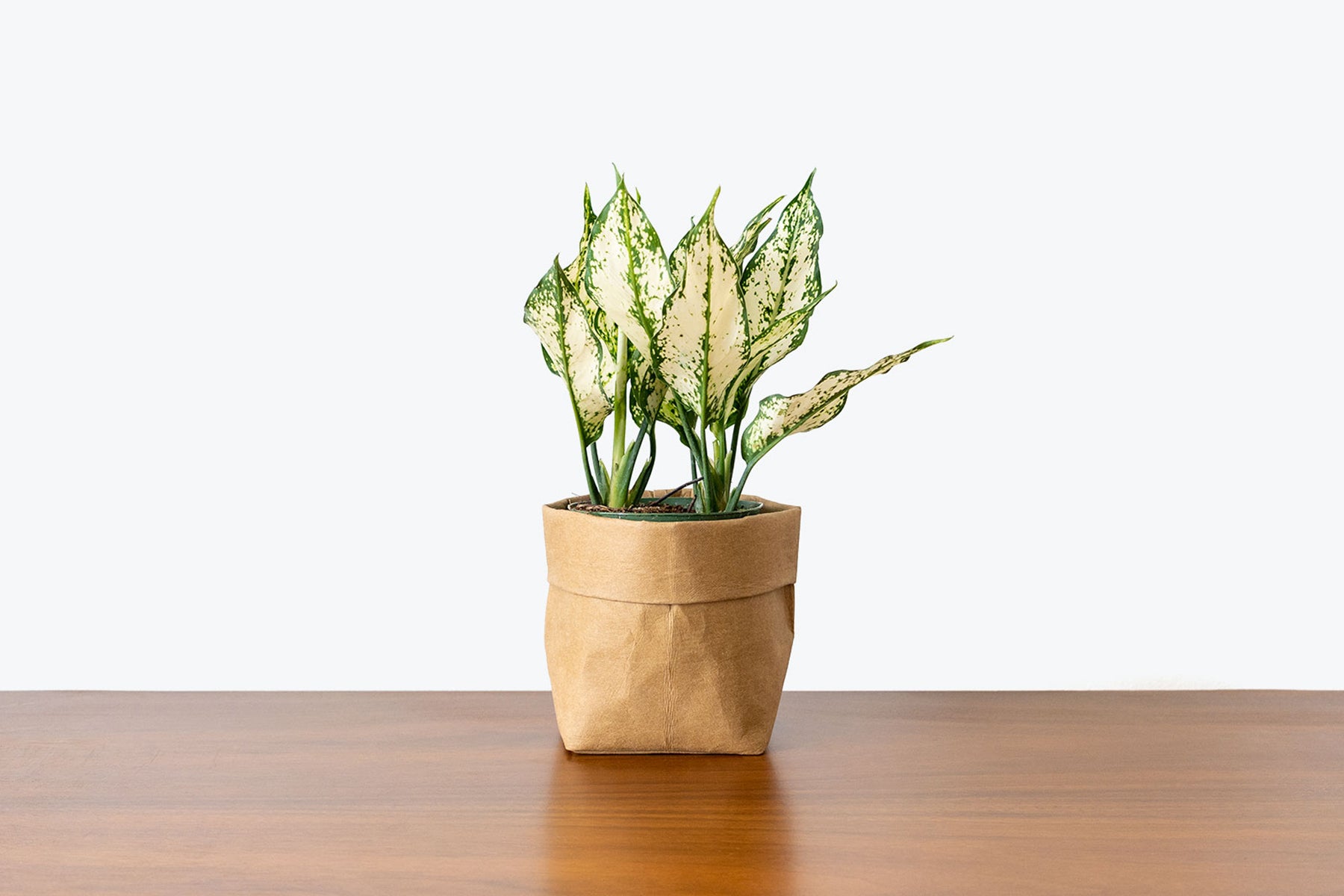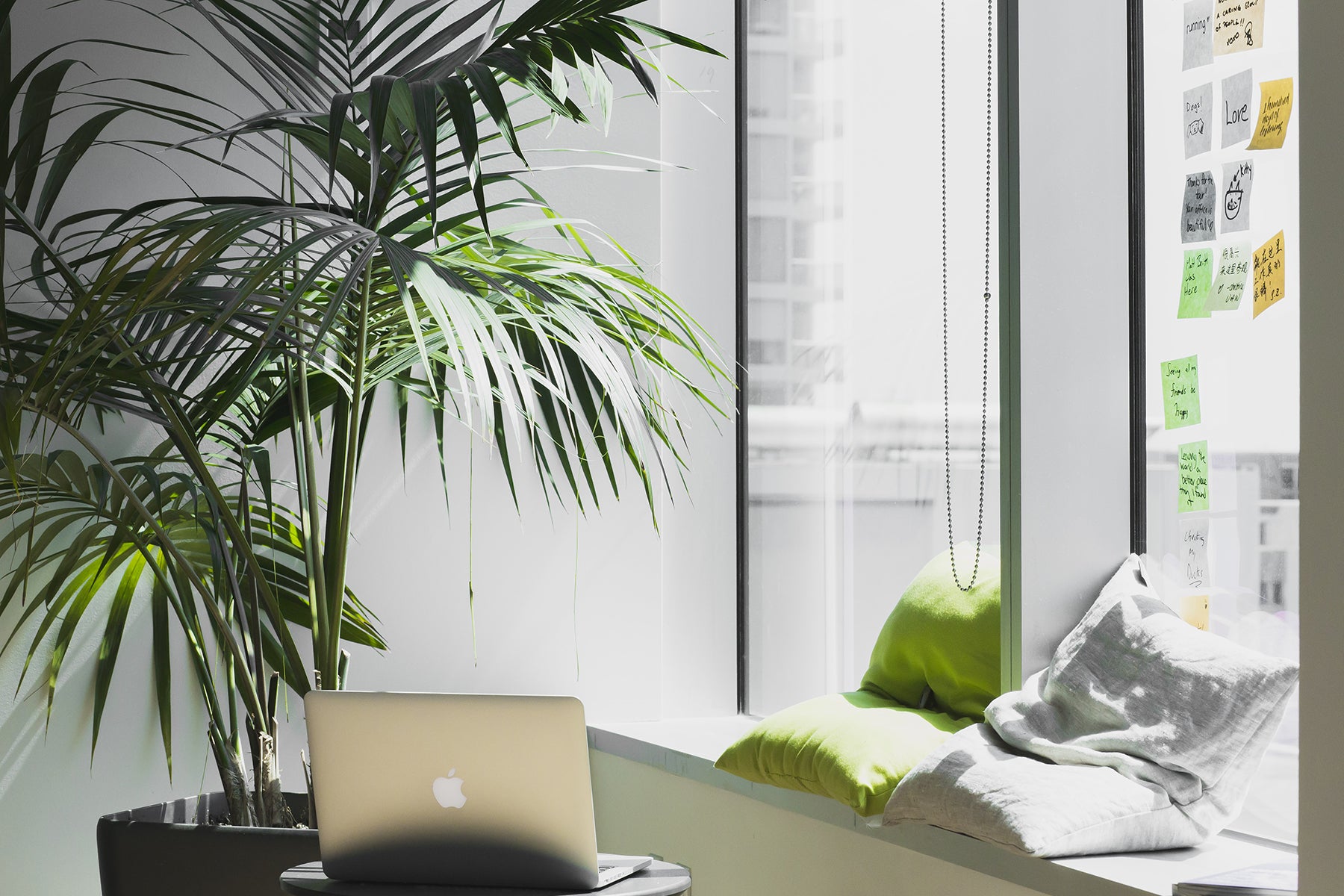
10 Most Common Houseplant Mistakes
After working in the plant industry for the past few years, I’ve come to recognize the common mistakes that houseplant parents make over time. These mistakes could be simple, something that is obvious to the experienced plant owner, or a plant care step that people often don’t think through and often make mistakes in because they may have never been taught.

Nothing is wrong with making mistakes, after all, no question is silly, we always have so much to learn! Besides that, we all have something in common: we just want our houseplants to have the best home that they can have. I have learned all that I know from experience and research, I knew nothing before I started collecting plants. Based on my observations, and what I’ve learned along the way, I’ve comprised a list of the top 10 mistakes in houseplant care that people often make!
If you have struggled with any one of these mistakes, know you are not alone, I’ve killed many plants or had to adjust conditions many times for my plants, along my plant journey. I have learned from my mistakes and I am hoping my mistakes, and other mistakes that I often see will help you out before it’s too late for your precious babies. Let’s get into the list!
Number 1: Insufficient Light
Now, you know this was going to be my number one mistake I’ve noticed right?? If you haven’t read any of my other articles, I always stress how important light is in houseplant care! If a plant isn’t receiving the light it needs, it will not grow and thrive for you, it’s as simple as that. Once you have your light in order, then you can start to work on everything else (watering, fertilizer, humidity, etc.).
My main observation that I have made when it comes to talking to different people about their struggles with plants is that they often aren’t providing their plants with enough light. Many plants are sold saying that they thrive in low to high light, however, that is not necessarily the case. There are a few options for plants that can be placed in lower light spaces, but they won’t necessarily thrive. They will more often just retain the shape that they come in, or become what people call “leggy”, meaning their leaves are more spaced out and growth is less compact.
Now, this isn’t necessarily a problem, the plant is just adjusting to its home! But when it comes to lots of leaf loss, rapid yellowing, or just an overall sad appearance of your plant (not linked to any other problem, such as bugs), this is when you need to rethink where your plant is sitting. Plant parents want their plant to look exactly like how they got it, without mimicking the conditions in which it was grown, hence placing impossible expectations on their plants.
Here are some steps you should take to giving your plant its ideal home:
- Do some research on your plant, find out what kind of light it requires, along with any other care steps recommended!
- Almost all plants need, at the very least, medium, indirect light, but I don’t know many plants that will be unhappy if placed in bright, indirect light. When in doubt, go bright.
- If it isn’t happy with its current positioning, test out multiple options, giving the plant time to adjust to each space, until you find the perfect match! Nothing will get better if you don’t do anything differently
Number 2: Overwatering
Yes, specifically overwatering. Almost everyone, and I mean EVERYONE, has killed a plant by overwatering it, humans are just drawn to watering plants, what can I say! I find it so satisfying to water my plants, so sometimes that’s all I want to do, even though the plant definitely does not need anymore.
The most common reasons overwatering occurs are:
- Allowing your plant to sit in water (the water that is in the bottom of a pot after draining from the soil). This will lead to root rot and the rapidly declining health of the plant.
- Lots of people plant their pot directly into a decorative pot that doesn’t have any drainage, which can be detrimental, even to an experienced plant parent. If you don’t trust yourself not to overwater, keep the plant in a nursery pot and place it in a decorative pot so that you can dump any excess water.
- When winter comes, you have to adjust your watering schedule! There is much less light, due to shorter hours and a lot more cloudy days. Check out our Winter Care article I wrote for more information on that subject!
Number 3: Purchasing Based on Aesthetics
This mistake was almost a contender for the number one spot, just because I hear and see it happen so often. You spot a plant that you love and you think you have just the spot for it, without even knowing the kind of care it needs. Now, I totally understand this mistake, we all have a vision for our homes, and maybe you think a big, beautiful Perevuian Cactus would fit just right in that corner, 25 feet away from the window that is (if this sounds ok to you, look up the sort of light a cactus needs!! Hint: a lot).
I’ve received so many questions from people, asking what is wrong with their plant because it’s yellowing, has fungal issues, leaves are dropping rapidly, etc. All I have to do is ask for a picture of where their plant lives and 90% of the time, that explains it all. Usually, it’s a Fiddle-Leaf Fig, Cactus, Alocasia (this list goes on) about 15-20 feet away from a window. The majority of plants need to receive bright light, especially in the wintertime, so always look up the care of a plant before selecting its spot.
What’s a little tricky about this mistake is that although some homes appear quite bright, even the corners seem bright, corners do not receive that bright light. Pushing a plant right into that corner, where none of the plant leaves can “see” the sky, will result in a sad plant. You may have to position it so that half of the plant is in front of a window, then rotate the plant every week or so, allowing the whole plant to receive light at some point. That will also help with even growth!
The key point to remember here: purchase plants that fit the environment your home provides.
Number 4: Lack of Adjustment in Plant Care
It is very important that you adjust your plant care as needed. Plant care is not consistent, I repeat, NOT consistent. By this, I mean:
- Care that works for two of the same plant, but in different environments, will not be the same. So if you and your friend both have a Snake Plant, but yours is in bright light and theirs is in low light, your care methods will completely differ.
- Lighting changes throughout the year, with the seasons, as Earth's position around the Sun changes, so your care methods should also change! In the winter, when there is a lot less light and our homes are a lot drier from our heating systems, your watering techniques must change.
Plant care is not one size fits all. Your plant will need different things, depending on how much light you have, how dry your home is, your watering methods (do you tend to over or underwater?), how much you are willing to invest in your plant (humidifiers, grow lights, etc.), and more. I can’t tell you how much or often to water your plant unless I know your specific environment.
Number 5: Perfectionism
Now this one is totally understandable, but also ridiculous if you really think about it! When you bring a plant home from a greenhouse, which has the perfect lighting conditions, humidity, watering care, and more, so of course it will change and adapt to your home. Now, this isn’t a bad thing, as long as it is getting the basics of what it needs, they are just adjusting!
Don’t be upset if your plant doesn’t look exactly like it did, it’s growing into its new space. I know social media doesn’t help, people post lots of perfect looking plants, but you have to consider what their environment is. Do they have lots of grow lights set up? Have they invested in multiple humidifiers? Do they have the ever-coveted floor to ceiling windows facing South? As in most areas of life, it’s best not to compare, allow your plant to grow and become its own.
If everything is ok with your plant (i.e. no bugs, you’re watering it properly, it’s receiving adequate light), everything will be ok, one yellow leaf once in a while is not a problem, that is just the plant being finished with what it needed that leaf to do! It may not be as full as different ones you see online or in a greenhouse, but why expect that when your home is nothing the same! Keep doing what you are doing and keep your plants happy in their new homes.
Number 6: If the Shoe Doesn’t Fit….
If the shoe doesn’t fit, don’t buy it! I can’t tell you how many times I’ve had people tell me that they were back to replace a plant that had died in the spot it lived, as if they couldn’t accept that the plant is not meant to be there. Now, the reason a plant may have not survived could be because of a variety of reasons, they weren’t considering the water vs. light relationship, pests, the plant was forgotten, etc. but sometimes enough is enough.
If you have tried multiple times to have a specific plant in a space and it never succeeds, ask someone what they would recommend. Think about how you care for plants and purchase based on that.
- Do you love to water?
- Do you constantly forget to water?
- Do you have tons and tons of light?
- Do you have very limited light?
- Do you have the resources to purchase aides (humidifiers, grow lights) in plant care?
I hear so many people willing to risk the life of yet another plant, without considering what they are doing wrong!
Number 7: Not Taking Humidity & Drafts into Consideration
This mistake is fairly self-explanatory, but something a lot of newer plant parents don’t take into consideration for plant care. Our Canadian homes are usually quite dry and a bit drafty. This is due to the weather changes, our cold, dry winters, and the makeup of our homes. When it comes to drafts, this is something you have to watch out for, especially in condos! A lot of condos have different air circulation setups that cause the air to blow throughout your apartment since you can’t get the natural airflow a house would have when you open all the windows.
Now, how do drafts affect your plants? Hot drafts from our heaters are very damaging to plants and their foliage. If your plant is wilting, drying out around the edges, burning, yellowing/dying almost overnight, slowly dying (for no other reason), then consider where your plant is sitting. Is it near a heating vent? Is it right up against a frosted, cold window? Is it very close to some sort of heating system? If so, consider moving your plant so that there is some distance between it and the source, but still ensuring it’s getting enough light.
Here are some solutions for increasing the humidity in your home:
- Mist your plants leaves once in a while to increase the ambient humidity around the plant (weekly should be fine, but do your research as some plants do not like water on their leaves)
- Place the nursery pot on top of a bed of rocks that are covered in water, which increases the humidity in the air around the plant
- If you have the resources, invest in a humidifier to increase the humidity in the room.
Number 8: Lack of Pest Control
Many house plant parents don’t even consider that there could be bugs on their plants! Or people come in asking for a plant that won’t ever get pests and, I’m sorry, but that just isn’t possible or realistic. As you know by now, according to my House Plant Pest articles, pests can happen for a variety of reasons, you can’t expect to never get them.
The main mistake I notice here is that people don’t take the proper measures to minimize spread, and I am also guilty of this! Once you realize you have pests, isolate and treat the plants that are infested and then do a once over of any plants nearby to ensure there was no spread. If you aren’t sure, treat any nearby plants as this will not harm them. It’s always better to take preventative measures anyway before you have too large of an infestation.
Once separated, treat your plants with whatever treatment is recommended online, or from that same article I mentioned above!
Number 9: Not Knowing When & How to Repot
This is not necessarily a mistake but more like something that is overlooked and not researched. Most people who purchase plants ask if they need to take it home and repot it right away, to which I always say no. Your plant first of all needs some time to adjust to your home, before completely demolishing the home that it currently lives in!
Once your plant has adapted, I usually wouldn’t repot it for a while, at least a year, depending on different factors. Here are some signs as to when your plant needs to be repotted:
- You notice that there are lots of roots coming out the base of the nursery pot it’s in, or piling up on top of the soil, so take the plant out and see how many roots there are. If there is a dense web of roots and not a lot of soil, it is most likely “root bound” and should be repotted
- Is your plant wilting and yellowing for no reason? That is often a tell-tale sign
- Often, when people have overwatered their plants, it is best to repot as this can help stop the plants roots from rotting. In this case, make sure you completely remove any soil and rotted roots, then pot into completely fresh soil
When you repot, make sure you only go up one pot size (i.e. if it’s a 4” pot, go to a 6” pot, or if it’s an 8” pot, go to a 10”, etc.) as repotting it into a much bigger pot because “it needs room” may completely drown the plant and kill it! If you do that, it’s just a smaller plant, sitting in moist soil, for a lot longer than it needs to. Make sure to break the roots up a bit as well, so that they can grow nicely into the new soil.
Number 10: Fertilizing Issues
Last, but not least (ok well it isn’t really that important but still worth being mentioned) would be the lack of fertilizer! No, fertilizer is not just required for flowering plants and the outdoors, our house plants also want those extra nutrients. Now, when and how to do it is the common mistake people make.
I usually recommend people just use fertilizer in the Spring/Summer months, as that is the main growing season for plants in the Northern Hemisphere, but sometimes I use mine during the Winter as well! If you are more experienced with plants, I recommend fertilizing your plants when they are showing signs of new growth, although it is not a problem if you hold off until the Spring. But when they are actively growing, I like to give them a little something extra.
As for what kind of fertilizer, almost any regular fertilizer will do, but if you want something specific, do some research on what sort of fertilizer your plant may like!
I hope you enjoyed this list of mistakes, can you relate to any of them? I know I sure can, if you haven’t made at least one of these mistakes, do you really own any plants, or are they all fake… I’m just kidding, but really, we all make mistakes, even those of us who have had plants for years!! The beauty of it is, plants will always give us a second chance.






